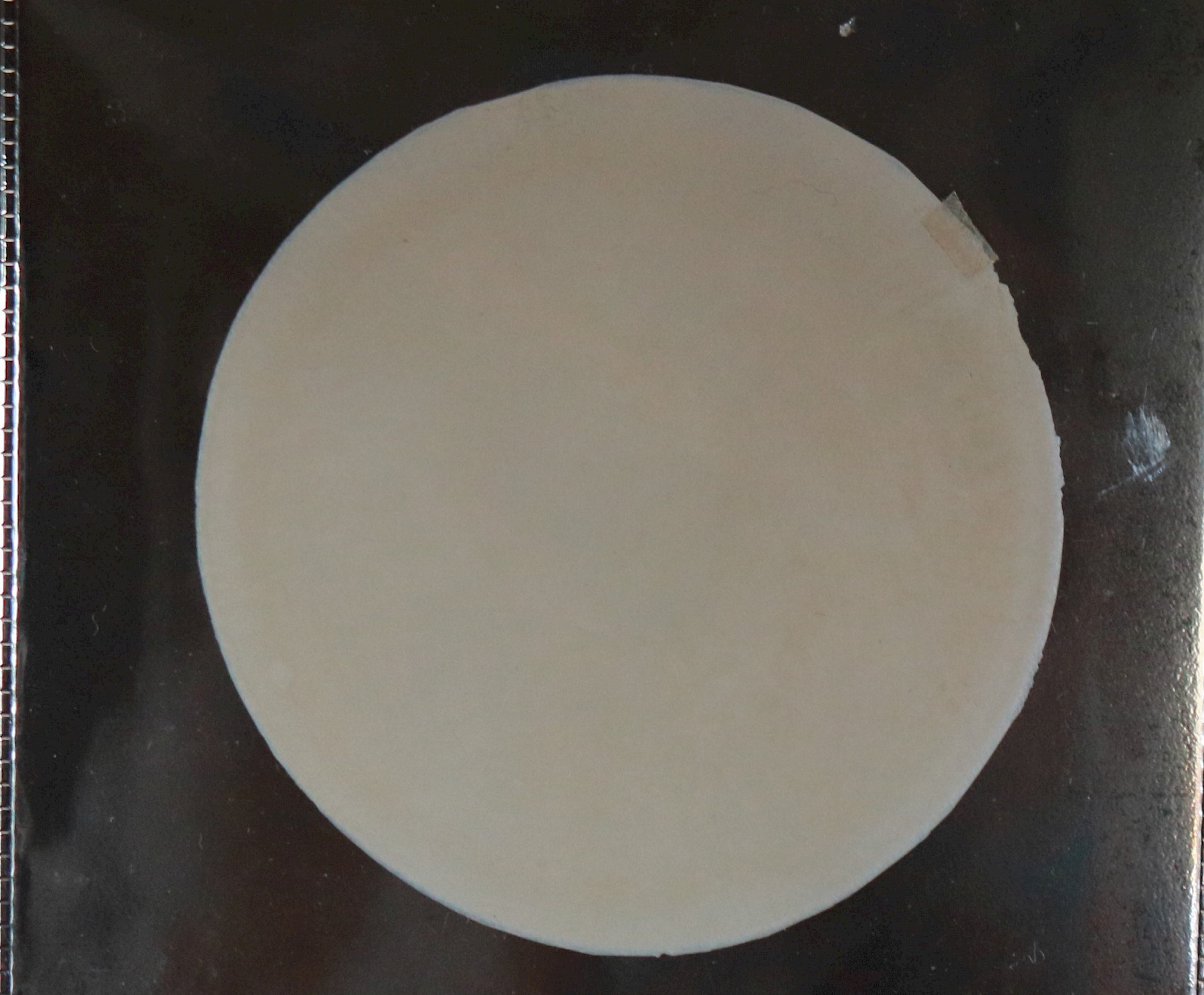Scientists develop new material that may replace plastic
This new plastic substitute uses fibrous minerals, which pose no health hazard.
Luís Alves, principal investigator of the study, and José Gamelas, project coordinator.
© Cristina Pinto | UC
Abridged version in English by Diana Taborda
A research team led by the University of Coimbra (UC) has developed a a plastic substitute from nanocellulose combined with a fibrous mineral (Cellulose nanofibrils (CNFs)), which is fully biodegradable and biocompatible, with various uses, such as food packaging and electronic printing, opening the door to the manufacture of more sustainable plastics.
This new ecological solution, which in practice translates into a new class of composite films, was produced from "nanocellulose, obtained through mechanical, chemical and enzymatic processes, combined with a fibrous mineral, a geological resource that allows cost reduction and the improvement of very important mechanical and barrier properties.", say José Gamelas (project coordinator) and Luís Alves (principal investigator).
Cellulose nanofibrils (CNFs) are nanomaterials with promising properties to be used in food packaging and printed electronics, thus being logical substitutes for petroleum-based polymers, specifically plastics. CNFs can be combined with other materials, such as clay minerals, to form composites, which are environmentally friendly materials, with acceptable costs and without compromising the final properties of the composite material.
According to the two researchers from the Chemical Process Engineering and Forest Products Research Centre (CIEPQPF) of the Faculty of Sciences and Technology of the UC (FCTUC), the great innovation of this new plastic substitute is the use of "CNFs, which do not present any health risk, as well as the preparation of composite films by filtration, which significantly speeds up the production process. For example, with the conventional process, it can take a week to obtain the films, while by using the filtration method we can have the same films in a few hours and with better properties".
The massive use of plastics and the "inability to make adequate recycling is becoming an increasing concern in today's society. Therefore, it is essential to search for new materials produced from non-fossil resources, i.e., renewable resources, to reduce the use of plastics," they conclude.
Several scientific papers have been published as a result of this project. The most recent one can be found at: https://doi.org/10.3390/coatings12030303.

